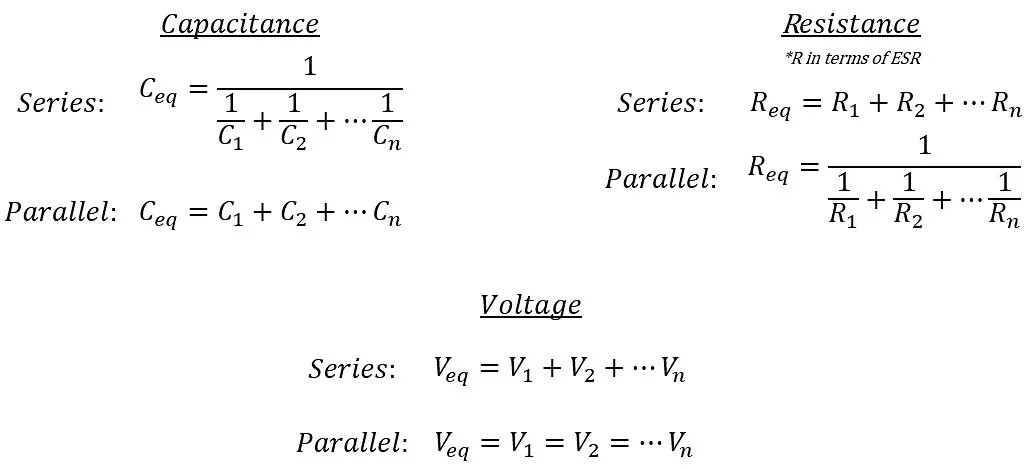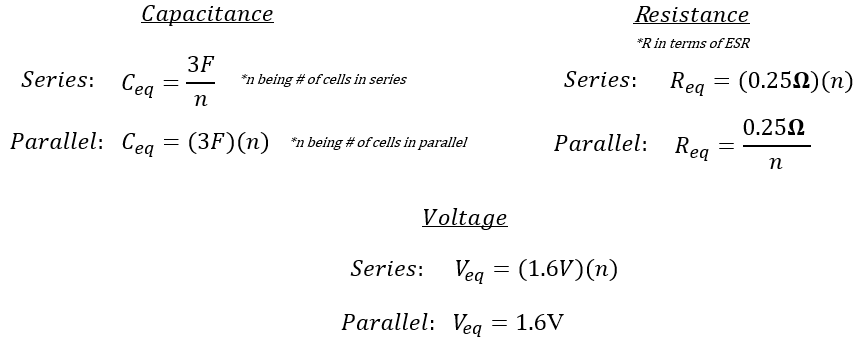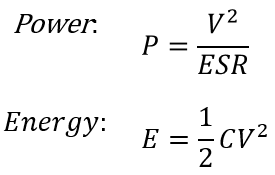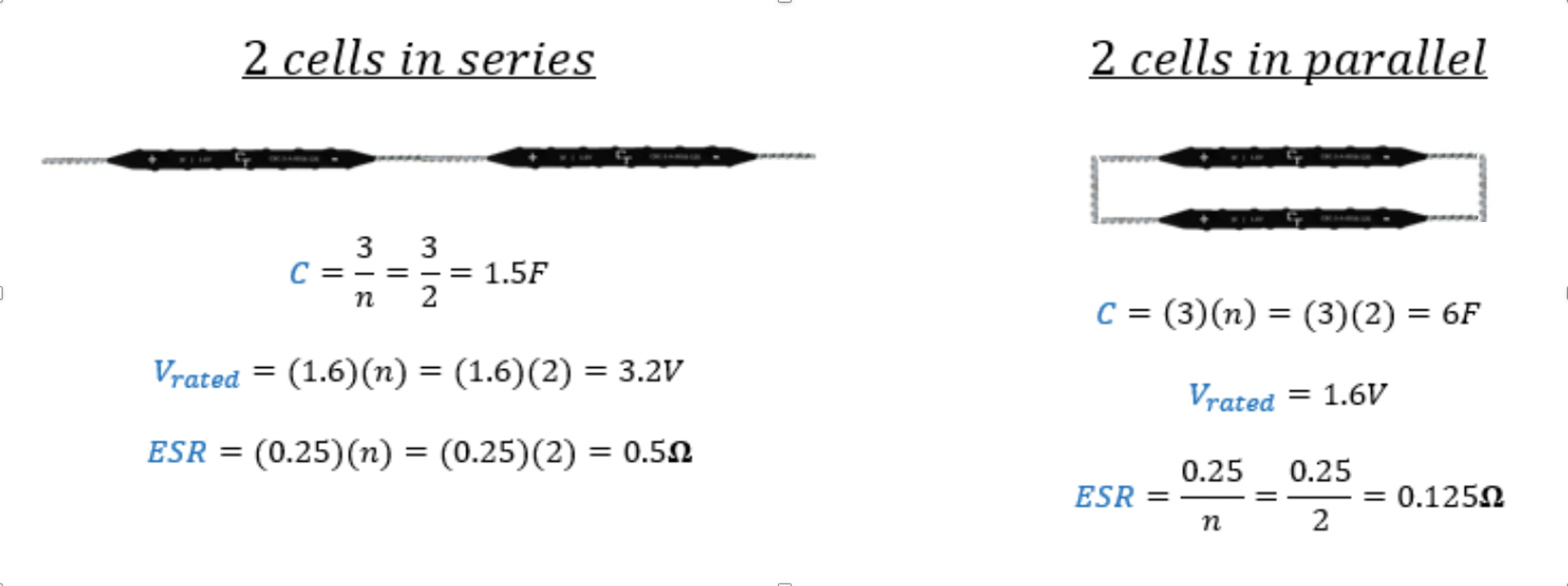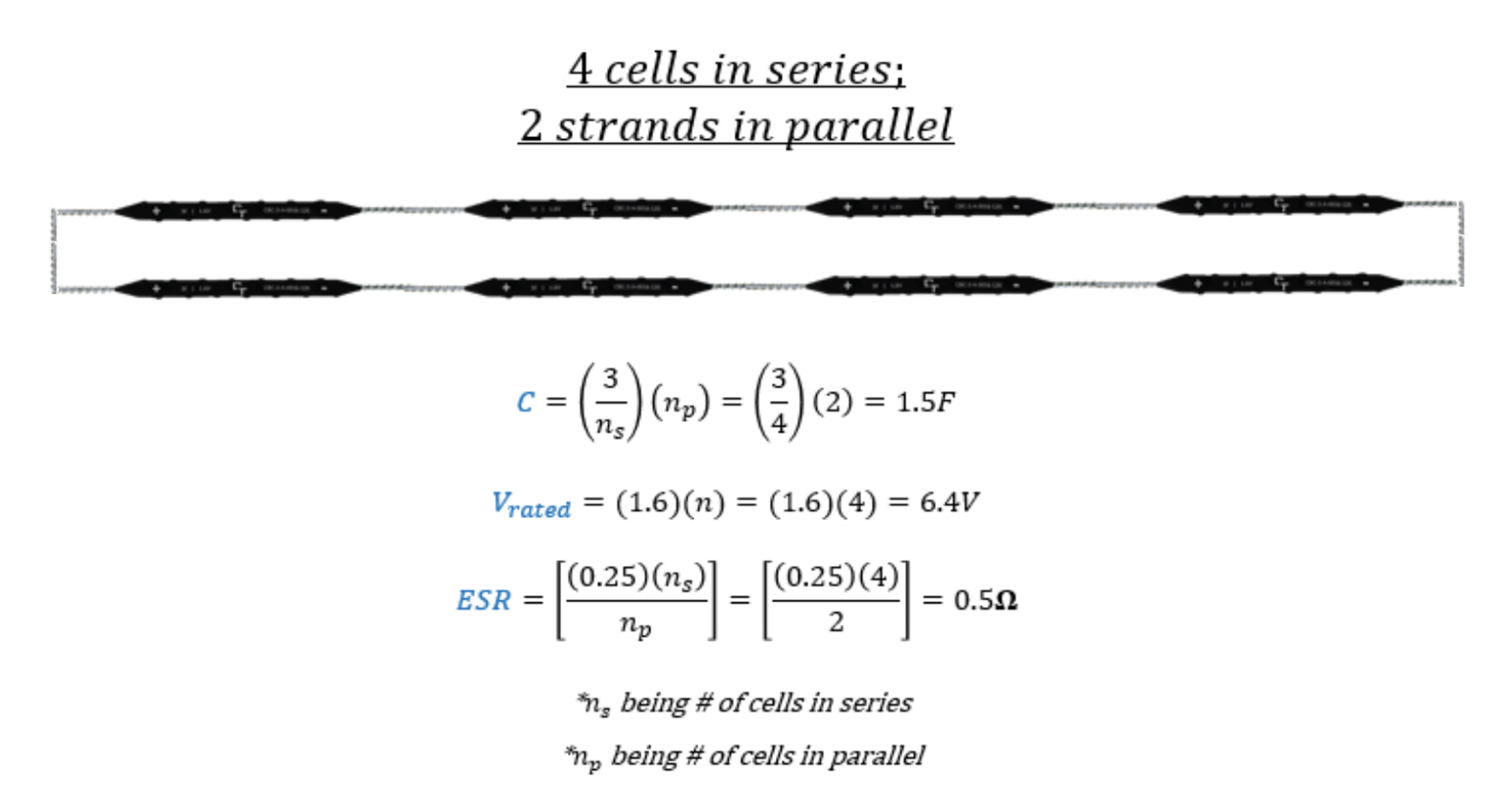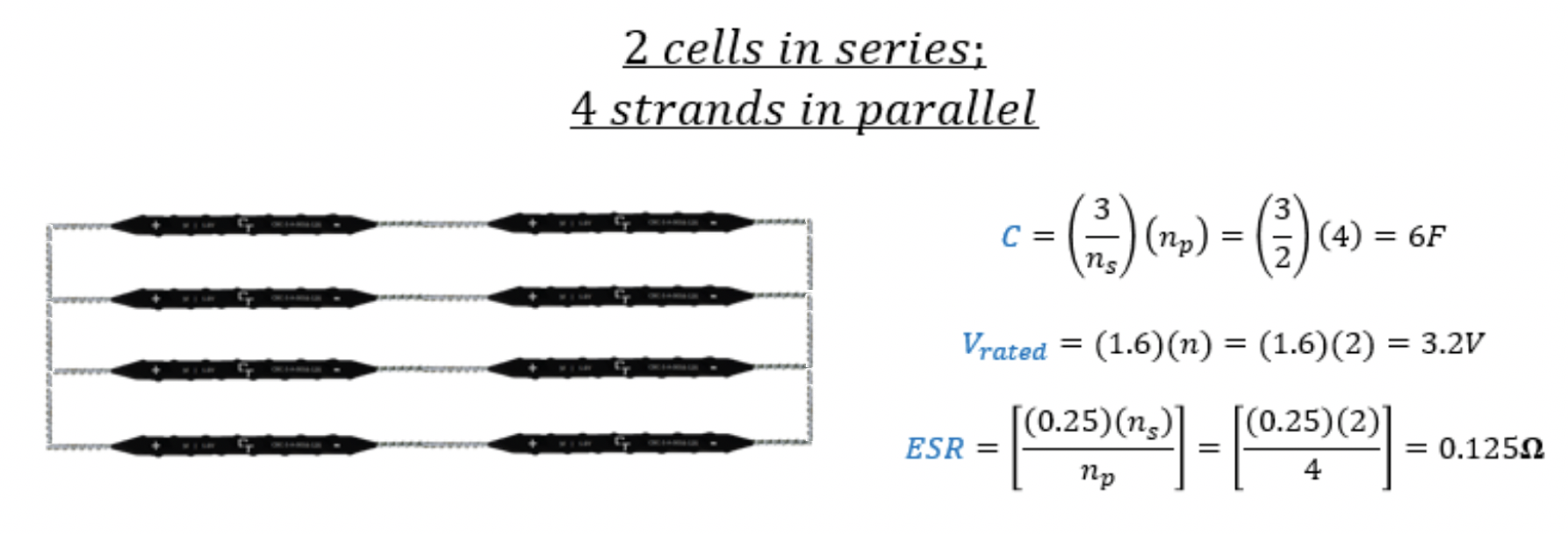Designing (flexible) Supercapacitor Modules with the CBC
Capacitech Energy, Inc. is reimagining the energy storage industry by innovating the form factor that energy storage products come in. Initially focused on supercapacitors, the Cable-based Capacitor (CBC) product line, features a wire-like shape and is physically flexible, unlike traditional supercapacitors. Flexible supercapacitors can be used in applications in which they were never imagined, helping our customers achieve their design and performance goals.
Supercapacitors are energy storage components, like batteries are, but feature a different set of characteristics. Compared to batteries, supercapacitors have a superior cycle life, are capable of providing higher power bursts, and charge quickly among other unique characteristics.
There are a few methods to evaluate a supercapacitor using testing equipment, such as a potentiostat. A common technique is to use a Galvanostatic Charge-Discharge (GCD) curve. A GCD curve is produced by charging and discharging the CBC with constant current to a specific voltage, as shown in Figure 1 below.
Shown in Figure 1 are the constant current charge/ discharge, the voltage drop due to ESR, and the maximum and minimum charges used during testing.
As current is applied, the voltage across the CBC steadily increases until a specific voltage is reached. In this case, the CBC is charged to 1.6V with 1.25A. Once the CBC reaches 1.6V, the CBC is then discharged to 0.1V with 1.25A. The capacitance and other important specifications can be calculated using the known charge/discharge current, voltage values, and time stamps recorded by the testing equipment.
Building flexible supercapacitor modules:
Individual cells of the CBC can be connected in series and parallel to meet the requirements of a given application (IoT devices, wearables, solar panels, power supplies, IT equipment, automotive, defense, etc…). This is a common practice in the supercapacitor industry, especially because a single supercapacitor typically has a voltage rating below 5V. When supercapacitors are connected in series and parallel, they form what is called a module. While an individual cell may not meet the requirements for an application, connecting several cells together in a module might.
Since many applications operate at a voltage which is higher than what a single cell can handle, CBCs can be connected in series with one another so that the module of CBCs can handle a higher operating voltage. The following formula can be used to determine how many CBC cells need to be connected in series for an application:
Number of Series Connected Cells = Max Operating Voltage / 1.6V
Where 1.6V is the voltage rating of a single CBC cell.
In an ideal CBC module, where each CBC cell has a similar ESR, the overall voltage applied to the CBC module will be equally divided between each cell. This results in a lower voltage applied across each individual CBC. In designing a CBC module, in general, it is a good idea to design the module so that each individual CBC cell is charged to less than their maximum voltage rating. By reducing the voltage applied to each individual CBC cell, the supercapacitors will be safer and have a longer lifecycle since they are not running at maximum capacity continuously.
As shown in Figure 2, the 5V applied to the CBC system is evenly distributed across each cell. Although each cell is capable of a voltage rating of 1.6V, it is, in general, a good idea to go under the maximum capabilities of the CBCs.
There is a tradeoff with this approach. While a series connection increases the voltage limit, it decreases the effective capacitance and increases the ESR of the module. Alternatively, a parallel connection will increase the capacitance and decrease the ESR but the voltage rating will remain the same
Since modules are made up of multiple individual cells, the module’s performance is can be described in equivalent units for capacitance, ESR, voltage, etc. The equivalent units are represented as “eq” and are understood to be the value after algebraic modification.
Each unit of the CBC features 3F capacitance, 0.25Ω ESR, and a 1.6V rating. For this reason, these formulas may be simplified as:
Once a module is formed, the equivalent specifications of the module can be used to calculate power and energy using the same formulas as single cell evaluation.
Using these equations, a variety of supercapacitor modules can be formed with the CBC. For example:
A simplified approach to designing CBC modules is to:
1. Understand the max operating voltage of the application
2. Calculate the number of cells required in series to meet the voltage requirement
3. Understand the goals of the application (general design goals such as energy storage and performance requirements
4. Connect cells in parallel to meet that design goal
In the series connections for the CBC modules, a balancing circuit may be considered. While the individual cells of the CBC module can be very close in performance, they are never the exact same, meaning that over time the voltage will deviate slightly from one another. This can create an unbalanced CBC module. While this deviation is small and may not create any issues, a balancing circuit may be necessary for some applications.
We hope this article explained the fundamentals behind designing a flexible supercapacitor module using our CBCs across any project. We are excited to hear about your project and how we may help you build the technologies of the future.




